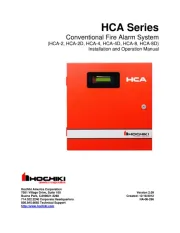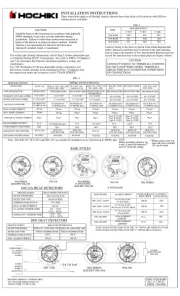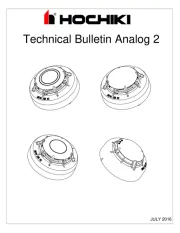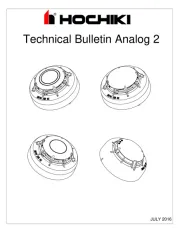System Sensor 4WT-B Manual
System Sensor
Røgdetektor
4WT-B
| Mærke: | System Sensor |
| Kategori: | Røgdetektor |
| Model: | 4WT-B |
Har du brug for hjælp?
Hvis du har brug for hjælp til System Sensor 4WT-B stil et spørgsmål nedenfor, og andre brugere vil svare dig
Røgdetektor System Sensor Manualer

13 August 2024

12 August 2024

10 August 2024

10 August 2024

10 August 2024

8 August 2024

7 August 2024

7 August 2024

6 August 2024
Røgdetektor Manualer
- GLORIA
- Hager
- Netatmo
- Abus
- Flamingo
- Jalo Helsinki
- Gigaset
- Chuango
- B/R/K
- Trust
- Dahua Technology
- FirstAlert
- Insafe
- Interlogix
- Nexa
Nyeste Røgdetektor Manualer

26 Februar 2025

25 Februar 2025

25 Februar 2025

25 Februar 2025

23 Februar 2025

23 Februar 2025

20 Februar 2025

29 Januar 2025

14 Januar 2025

12 Januar 2025
